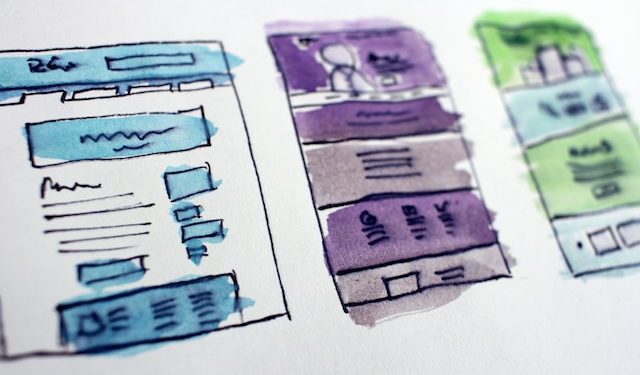Design thinking is a human-centred approach to problem-solving that has gained widespread recognition, particularly in the business world. This methodology is increasingly adopted to drive product and service innovation, enhance customer experiences, and stimulate creativity. Many respected designers such as Co-Chair of IDEO Tim Brown, Co-Founder of Piëch Automotive Rea Stark and the author of “The Design of Everyday Things”, Don Norman, are advocating for greater awareness of design thinking in the business world.
In a business context, design thinking represents a strategic approach to problem-solving and innovation, with a pronounced focus on understanding and meeting the needs of customers and end-users. By embracing design thinking, businesses significantly boost profitability by fostering innovation, improving customer satisfaction, and increasing operational efficiency.
IBM’s 1960s and 1970s transformation under Thomas J. Watson Jr. illustrates design thinking’s financial impact. By empathizing with customers and fostering innovation, IBM shifted from mainframes to more versatile computers, driving revenue and sustained success. This shift highlights design thinking’s profitability and resilience, even for industry giants.
A recent example of design thinking’s impact on profitability is Apple’s retail store transformation. By enhancing customer experiences through innovative store layouts and “Today at Apple” sessions, Apple saw a significant increase in sales, customer engagement and positive growth in revenue.
Here are five ways in which design thinking can help increase your business’s profit:
1. Think Outside the Box for Product Development:
Design thinking sparks creative problem-solving, leading to innovative products and services. By gaining deep understanding of customer needs and pain points, businesses can develop unique products and services that better meet these needs, leading to increased sales and market differentiation.
Innovations driven by design thinking can also create entirely new revenue streams and opportunities, expanding the business’s product portfolio.
2. Improve User Experience:
By empathising with users and involving them in the design process, businesses can create products and services that are more user-friendly and intuitive. Improved user experiences can lead to higher customer satisfaction and loyalty.
Satisfied customers become loyal fans who not only come back for more but also recommend your products or services to others, boosting sales and the brand’s reputation and value.
3. Reduce Cost on Development Process:
Design thinking encourages early identification and mitigation of design and usability issues. By addressing these problems during the early stages of development, companies can avoid costly mistakes and extensive redesigns later in the process.
Focusing on user needs and avoiding unnecessary features helps allocate resources more efficiently, reducing development and maintenance costs, thus positively impacting the bottom line.
4. Improve market Responsiveness and Stay in the Game:
Design thinking promotes flexibility and the ability to adapt to changing market conditions. By continually seeking user feedback and testing solutions, companies are able to quickly adjust and align their products or services with evolving customer preferences and market trends.
This flexibility and adaptivity helps companies stay relevant and competitive, leading to increased sales and a larger share of the market, even in the face of market turbulence.
5. Improve Internal Process for Cost Efficiency:
Design thinking isn’t limited to product design; it can also be applied to process improvement within the organisation. By using design thinking principles to optimise workflows and internal processes, businesses can reduce inefficiencies and cut operational costs.
Streamlining internal operations can result in better resource utilisation, reduced overhead, and improved profitability.
In summary, design thinking can increase your business’s profit by driving innovation, improving customer satisfaction, reducing development costs, fostering market responsiveness, and optimising internal processes.
By adopting a design thinking mindset and incorporating it into your business strategy, you can create products and services that resonate with customers, stay ahead of the competition, and operate more efficiently, ultimately contributing to higher profits.












































































